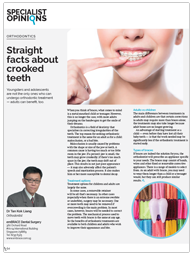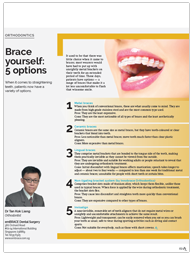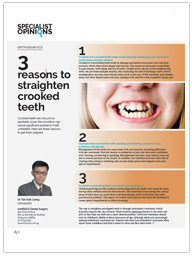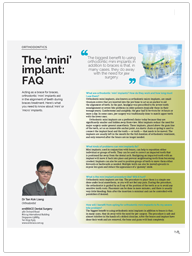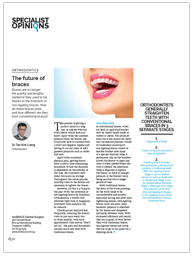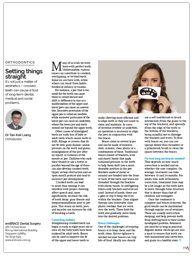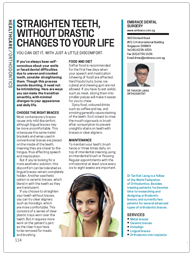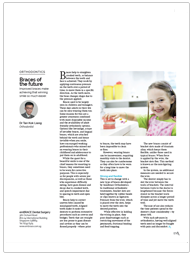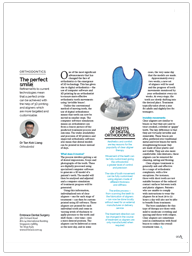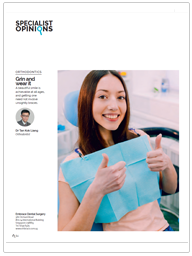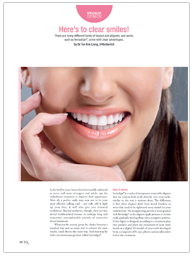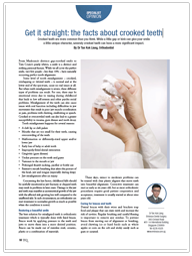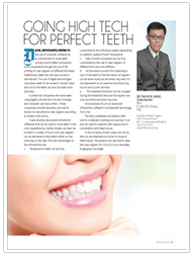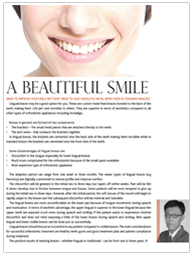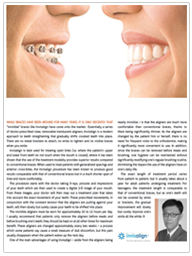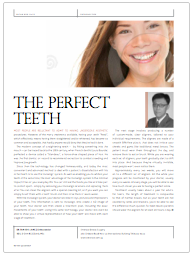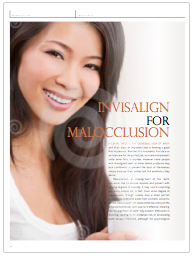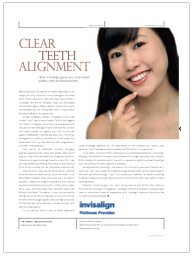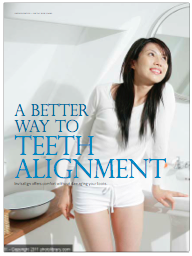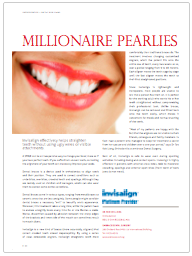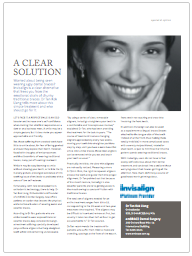CROOKED TEETH ARE NOT JUST AN AESTHETIC ISSUE; THE CONDITION CAN CAUSE SIGNIFICANT PROBLEMS IF LEFT UNTREATED. HERE ARE THREE REASONS TO GET THEM ALIGNED.
Crooked and crowded teeth make mouth cleaning challenging and can lead to tooth decay and gum disease.
Crooked or overcrowded teeth result in odd gaps and hard-to-reach areas that trap food particles, which then attract plaque and bacteria. This means an increased susceptibility to gum disease, tooth decay and loss of teeth. Crooked teeth can also strain neighbouring teeth, the jaw bones and jaw muscles, thus increasing the risk of breaking a tooth. Severe misalignment can even cause chronic head, neck or jaw pain. If left untreated, gum disease, decay and other dental issues will arise, leading to the need for costly reparative dental care.
Improper bite can interfere with speaking and chewing, and can lead to problems with the jaw.
Misalignment of the teeth can cause issues with oral function, including difficulties with jaw movement. Poor jaw muscle co-ordination or pain can then lead to problems with chewing, swallowing or speaking. Misalignment may also cause teeth to wear out due to uneven pressure in the mouth. In children, the condition increases their risk of choking when eating or drinking, and can also delay speech development and cause speech impediments.
Crooked or protruding teeth can lead to low self-esteem.
Children growing up with crooked or protruding teeth are likely to be teased for them, leaving them embarrassed and self-conscious. The emotional stress during this critical phase of their lives can cause them to develop feelings of low self-esteem and other psychosocial problems. The impact of crooked teeth may be even more devastating if it causes speech impediments or affects learning.
The way to straighten misaligned teeth is through orthodontic treatment, which typically requires the use of braces. These work by applying pressure to the teeth and jaws so that they can shift into a more desired position. Corrective treatment should start in childhood, ideally at about nine years of age, although adults are increasingly seeking orthodontic treatment too. Patients who have had orthodontic treatment often report more confidence and find it easier to clean and floss their teeth.

